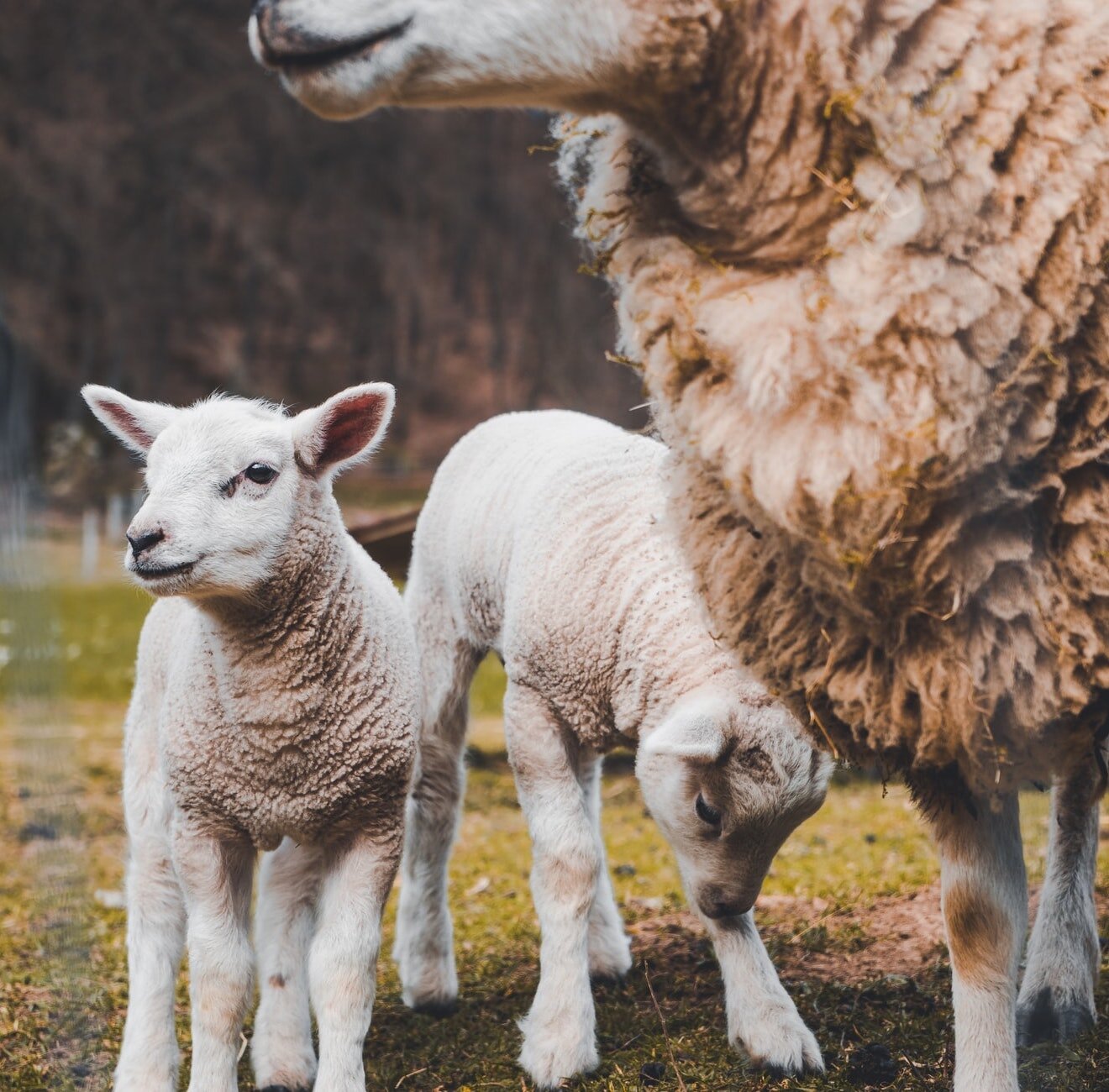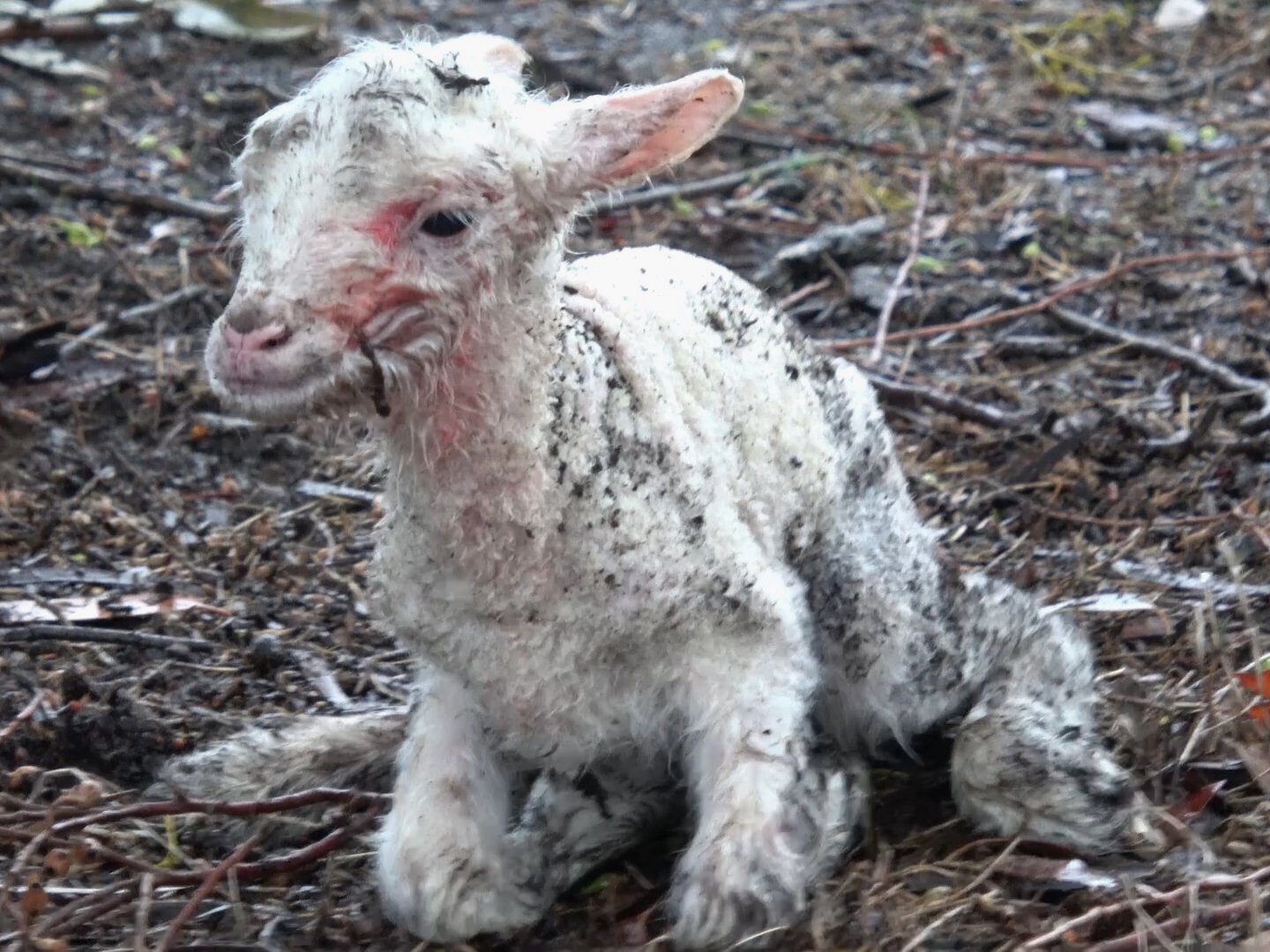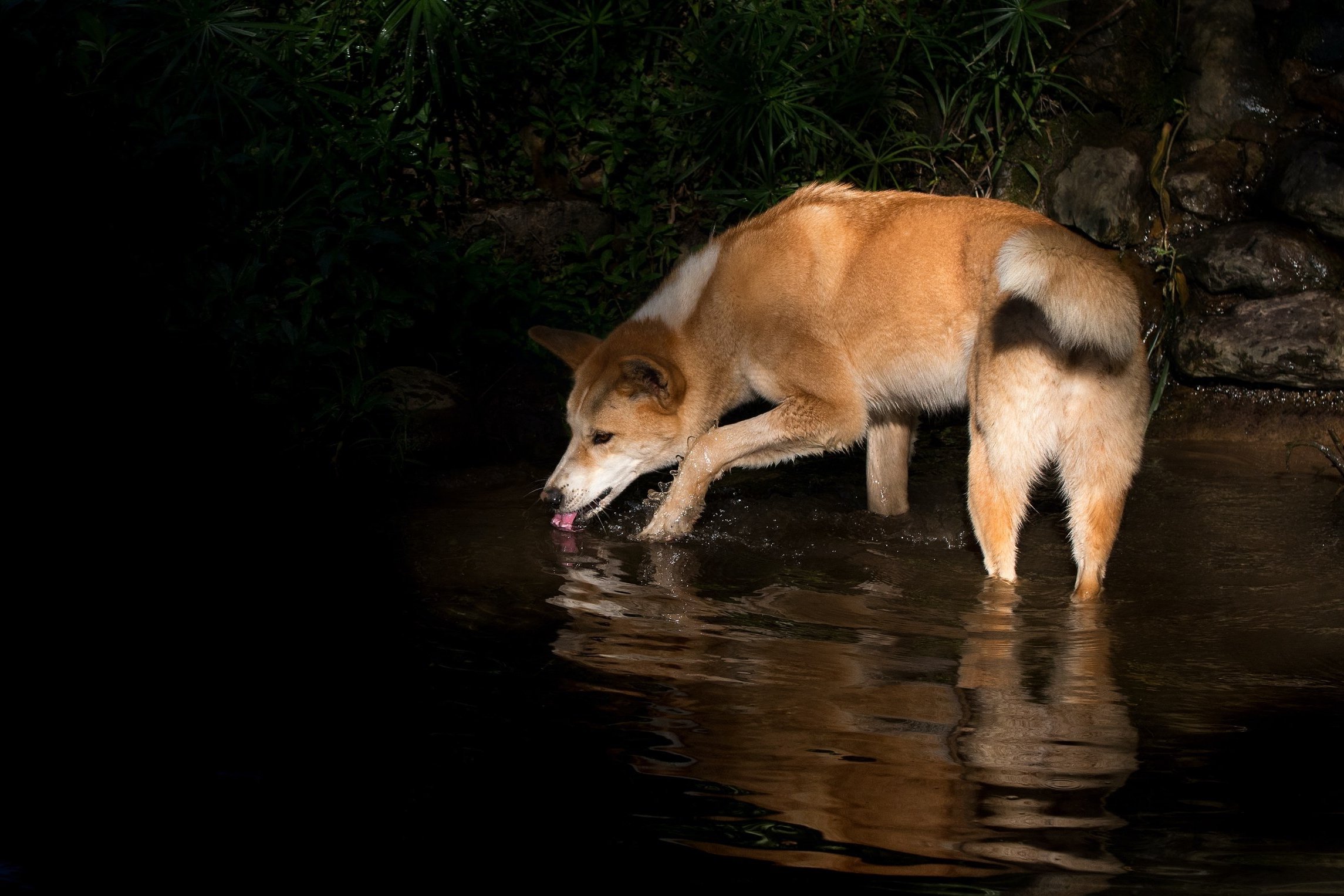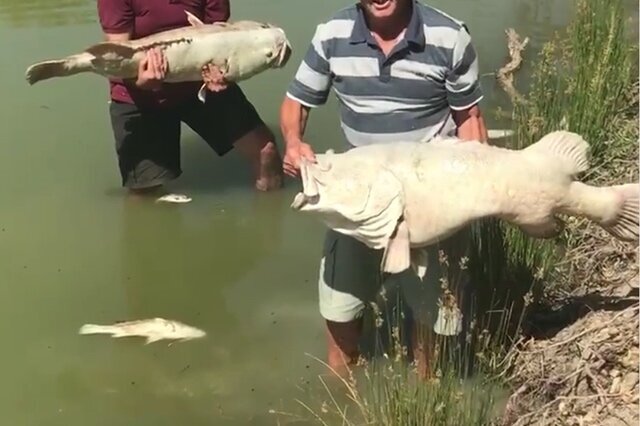Issues in the wool supply chain
Wool is a slaughter industry full of hidden cruelty and environmental destruction.

Despite common perception, the wool industry kills.
All sheep who are bred for wool are also slaughtered and sold as ‘meat’. For this reason, the sheep industry often calls them ‘dual-purpose’.
In wool and meat systems, some lambs are slaughtered between 6 to 9 months old for ‘lamb meat’. Lambs are often shorn before slaughter, but their skin is more valuable with more wool attached.
Some sheep are raised to be a bit older before they are shorn and killed. Other sheep are continually shorn until they are 5 or 6 years old and then slaughtered. Some of these sheep are sent into live export.
‘Lamb producers’ determine when to kill a sheep based on the quality of their wool and their weight.
The quality of a sheep’s wool decreases as they get older, becoming more thin and brittle – much like our own hair.
Sheep can naturally live to be up to 14 years old. However, when their wool is no longer of profitable quality, they are ‘worth more’ as ‘meat’.
Image: Jo-Anne McArthur / We Animals
Sheep being loaded onto a truck for slaughter.
In the abattoir
In Australia, a leading wool-producing country, sheep must legally be stunned prior to slaughter. Stunning occurs by shooting an electrical current through the sheep’s brain or with a captive-bolt gun. This is considered global best practice around the world.
Stunning is often partially or totally ineffective and never reliably renders an animal unconscious. Within minutes, sheep can regain consciousness and have their throat sliced open while conscious.
Time and time again, investigations have found that the codes of practice regarding the slaughter of animals are not met.
Image: Tommaso Ausili / Hidden Death Series
Many lambs never make it close to a slaughterhouse, with 10 to 15 million of them dying of hypothermic exposure, starvation or neglect in the first 48 hours of their lives. This happens every winter lambing season in Australia.
Despite being unnatural for sheep who should be born in spring, winter lambing is more cost-effective for farmers who can fatten lambs faster on grass as they are weaned, reducing feed expenses. Lamb deaths due to the cold are ‘acceptable’ for the sake of cost reduction.
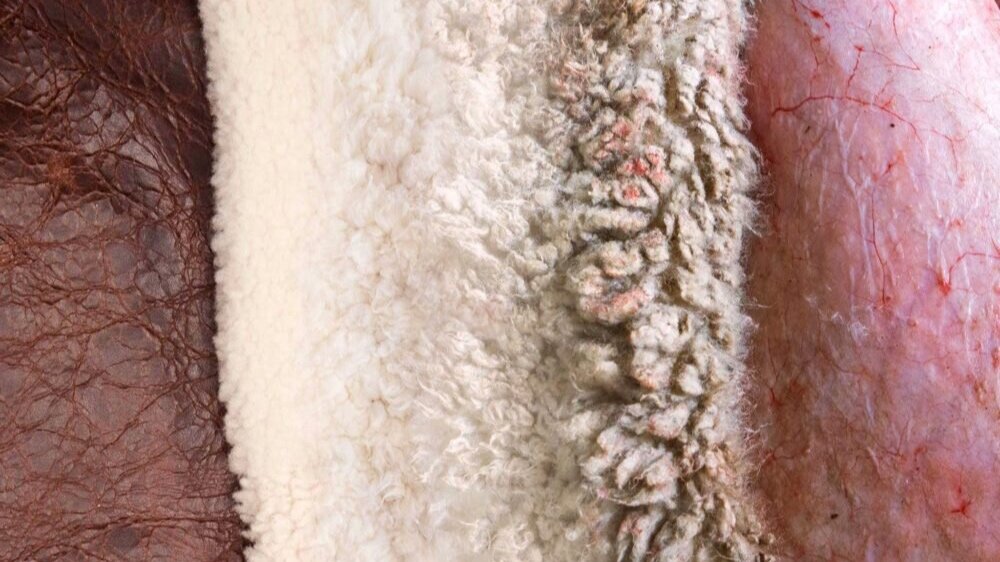
Buying wool is effectively the same as buying sheep skin: they come from the same slaughtering system.
Lambs and their mothers also die due to selective breeding.
Lamb deaths
Sheep have been selectively bred for so long that they, who naturally bear one lamb per pregnancy as commonly as humans, now regularly birth twins – sometimes even triplets or quadruplets.
This means more lambs are born small and weak, and struggle to survive in the already harsh winter conditions. The wool and meat industries only aim for a 70% survival rate for twin-bearing ewes. If in an average Australian flock all ewes birthed twins, that’s about 727 dead lambs.
Image: Rachael Michelle / Emma Hakansson
Willow was slowly dying when she was rescued. Now she lives at a sanctuary.
Ewe deaths
Selective breeding takes a great toll on pregnant mother sheep (ewes) too. Ewes and their bodies can only take so much, with those birthing twins and triplets being more likely to die.
These struggling ewes are also more likely to prolapse. This is when a ewe’s vagina is pushed out of her vulva during lambing. Sometimes, her pelvic organs may even fall out of her. Prolapse regularly leads to death.
When mother ewes die, her living lambs are left orphaned. Families, both human and non-human, deserve to be together safely.
When lambs are young, they are painfully but legally mutilated.
It is entirely legal [PDF 1.2MB] and standard practice for lambs’ tails to be cut off with knives, searing hot tools or extremely tight bands without any pain relief.
Many farmers in Australia also legally mulese lambs, also known as live lamb cutting, where the skin around a lamb’s buttocks is sliced off, often without pain relief. When pain relief is used, it is found often to be largely ineffective.
It is claimed that these mutilations are performed to prevent fly-strike. However, plenty of animal sanctuaries protect sheep from this disease by crutching them – tightly shearing around their rear.
In Australia, the United States [PDF 359KB], the United Kingdom and most countries across the world, almost all forms of painful mutilation are acceptable and legal because farmed animals are exempt from protection, or their pain is deemed ‘necessary’ to business.
Image: A ‘lamb marking’ knife, used for both ‘tail docking’ and castration - also legal without pain relief. The hook is used to pull out a lamb’s testicles.
Before selective breeding, sheep didn’t need to be shorn.
Mouflon
The mouflon is the ancestor of the modern-day sheep. This animal has a thin wool layer and a thicker fur coat that sheds in the summer. This type of thermal regulation no longer exists for sheep, who have been selectively bred to have an extremely thick wool coat. Merino sheep have even been bred to have more folds of skin, holding more wool.
Sheep can not only overheat in summer but have been documented being shorn in winter, which can lead to death by hypothermia.
Violent shearing
The violent treatment of sheep during the shearing process has been extensively documented across Australia, the United Kingdom and the wider world.
Shearers have been recorded kicking and punching sheep, swearing at them, cutting open their skin and stitching up their wounds without any pain relief.
Representatives from the wool industry repeatedly express their shock and horror at footage of cruel practises, yet over the years, recordings continue to look very similar.
Shearer concerns
While the violence committed against sheep cannot be excused, it can perhaps be explained in part by the treatment of shearers.
Shearing sheds are often found in rural areas where jobs are limited. Shearers are paid per sheep [PDF 685KB] rather than per hour, so speed is incentivised.
Unions have reported shearers being paid with drugs rather than money, having no access to bathrooms, and working in unsafe, hot conditions that likely exacerbate these serious issues.
Cruelty to other animals is not our natural instinct. Those who work in jobs that involve exploiting animals often feel stuck and struggle to cope. One such person is Toni Gundry, who grew up on a sheep farm and shared her experience:
‘It's hard to say what was most confronting about working on the farm. We are brought up with the death and abuse of animals. We are taught it's natural, it needs to be done. We are taught their dollar value. So you see a baby lamb, dead in a paddock or crying for their mother and you’re taught to dismiss it. "Stupid sheep."
When a shearer or farmer hits or kicks a sheep, it’s the sheep’s fault for not doing what the farmer wants. I did ask once about the lambs limping off after mulesing. My heart broke. The farmers reply, "they’re just stupid sheep."’ Toni has since found work outside of this industry.
Just as working on a farm was painful for Toni and many others like her, working in a slaughterhouse has serious psychological impacts.
An industry full of marginalised people, refugees, and undocumented migrants, studies have found that killing animals for a living has a detrimental impact on a person’s mental health.
Perpetration-induced traumatic stress, psychological suffering caused by the pain of committed violent acts against others including animals, is common.
These risks are unfortunately likely linked to the disproportionate rates of physical [PDF 358KB] and sexual violence [PDF 213KB] in communities surrounding abattoirs.
Wool may be ‘natural’, but it is not sustainable.
Clearing native land for grazing
It is not natural for there to be so many domesticated sheep in the world, with 550 million slaughtered annually after grazing often cleared native lands.
In Australia, where more wool is produced than anywhere else, 54% of land clearing is due to animal grazing. In Queensland, the impact of sheep farming is second only to cattle farming. Deforestation there and in New South Wales kills an estimated 50 million koalas and other native animals every year.
To produce one bale of Australian wool, 44.04 hectares of land must be cleared. To compare, one bale of Australian cotton requires only 0.12 hectares of land be cleared. This problem persists internationally, with sheep grazing in the United Kingdom and United States also destroying biodiversity because of its land inefficiency.
Image: Tim Laman / WWF / Land clearing in Australia for animal farming.
Degrading the land
Sheep, who have been introduced to Australia, have hooves which cut into and are rough on the soil and land they tread on.
It has been recorded in Australia and Patagonia, among many other places, that removing sheep from land allows the natural environment to thrive, reducing soil erosion and desertification risks.
Desertification is devastating for our natural environment, native plants and animals. With biodiversity destruction already being such a crisis amidst the sixth mass extinction we are facing, we cannot afford to destroy more native animal and plant habitat for sheep grazing.
The wool industry endangers biodiversity, targeting wildlife
The Tasmanian Tiger is now extinct, in large part due to targeting by the wool industry, which inaccurately claimed the native Australian species was killing sheep.
Today another native Australian species – dingoes – are poisoned, trapped and shot by the wool industry. Meanwhile, in the United States, wolves are shot and native bighorn sheep are passed diseases by herds bred for production purposes. In the United Kingdom, native foxes are shot and poisoned by those in the wool industry.
Unfortunately, these examples of wildlife populations being targeted and harmed are not isolated cases, as profit is prioritised over biodiversity.
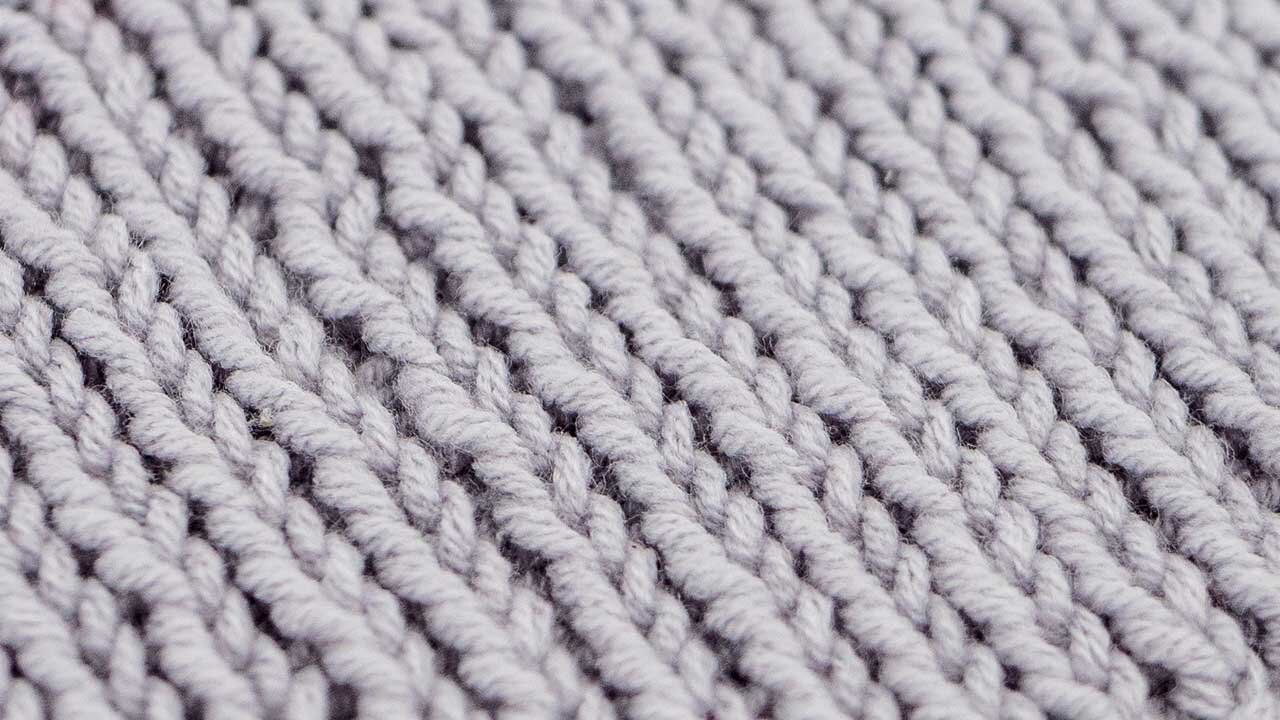
Using Australian fibre, producing a wool knit garment emits 27 times more greenhouse gas-equivalent emissions than a cotton knit garment.
‘Livestock are one of the most significant contributors to today’s most serious environmental problems. Urgent action is required to
remedy the situation.’
The wool industry harming waterways
Wool farming
Eutrophication occurs when water is overly enriched with minerals and nutrients, leading to excessive algae growth and often oxygen depletion. It is extremely harmful to the environment and creates ‘dead zones’, where aquatic life cannot survive.
The immense number of sheep bred for shearing and slaughter produces a significant amount of faeces. Phosphorus is present in sheep faeces [PDF 609KB] and the leading cause [PDF 1.2MB] of eutrophication in fresh water. The eutrophication impacts of sheep farming are particularly concerning around sheep holding yards [PDF 609KB] and feedlots.
Image: Tolarno Sheep Station photographed these 100-year-old Murray cod during an environmental crisis, where up to a million local fish perished due to eutrophication. Multiple factors contributed to this event.
Wool processing
To turn greasy wool into a wearable fibre, it must be ‘scoured’. The liquid waste from wool scouring baths is immense and concerning. The organic effluent that runs into our waterways from a typical wool scouring plant is akin to that of the sewage from a town of 30,000 people [PDF 3.4MB]. The majority of scouring effluent cannot be recovered or treated, and becomes pollutive waste water.
The scouring process involves chemical detergents. One detergent type is alkylphenol ethoxylates (APEOs). APEOs are endocrine disruptors – they interfere with the body’s endocrine system. APEOs can be toxic to aquatic life and even cause feminisation of male fish, which devastates fish populations.
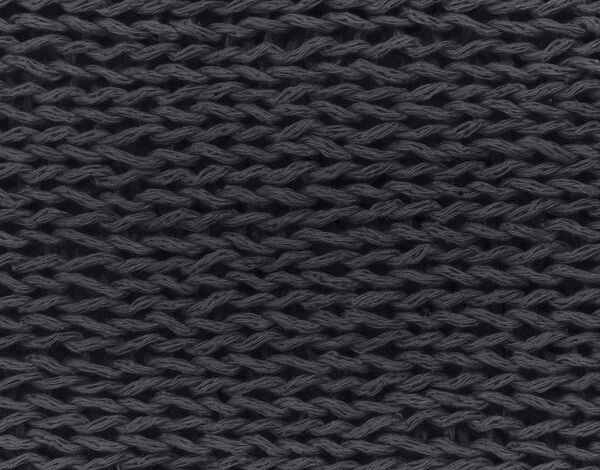
The collective injustices behind wool don’t belong in the future of knitwear or suiting.
Want to keep learning?
-
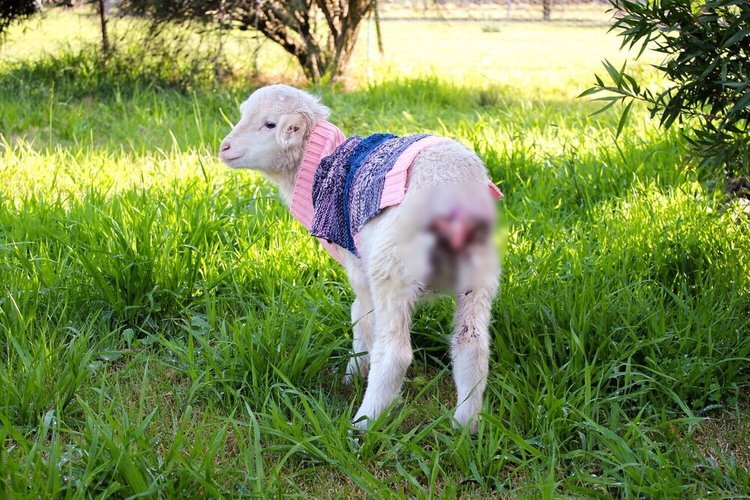
Veterinarians weigh in on mulesing
We asked two registered veterinarians to share their thoughts on the cruel, painful standard practises sheep in the wool industry face.
-

Is the Responsible Wool Standard cruelty free?
Certifications claim ‘freedom from pain’ and ‘freedom from fear and distress’. But is this accurate, or a deception?
-

Shear Destruction: wool and the biodiversity crisis
Our report with the Center for Biological Diversity explores the environmental crisis caused by fashion’s use of wool.

